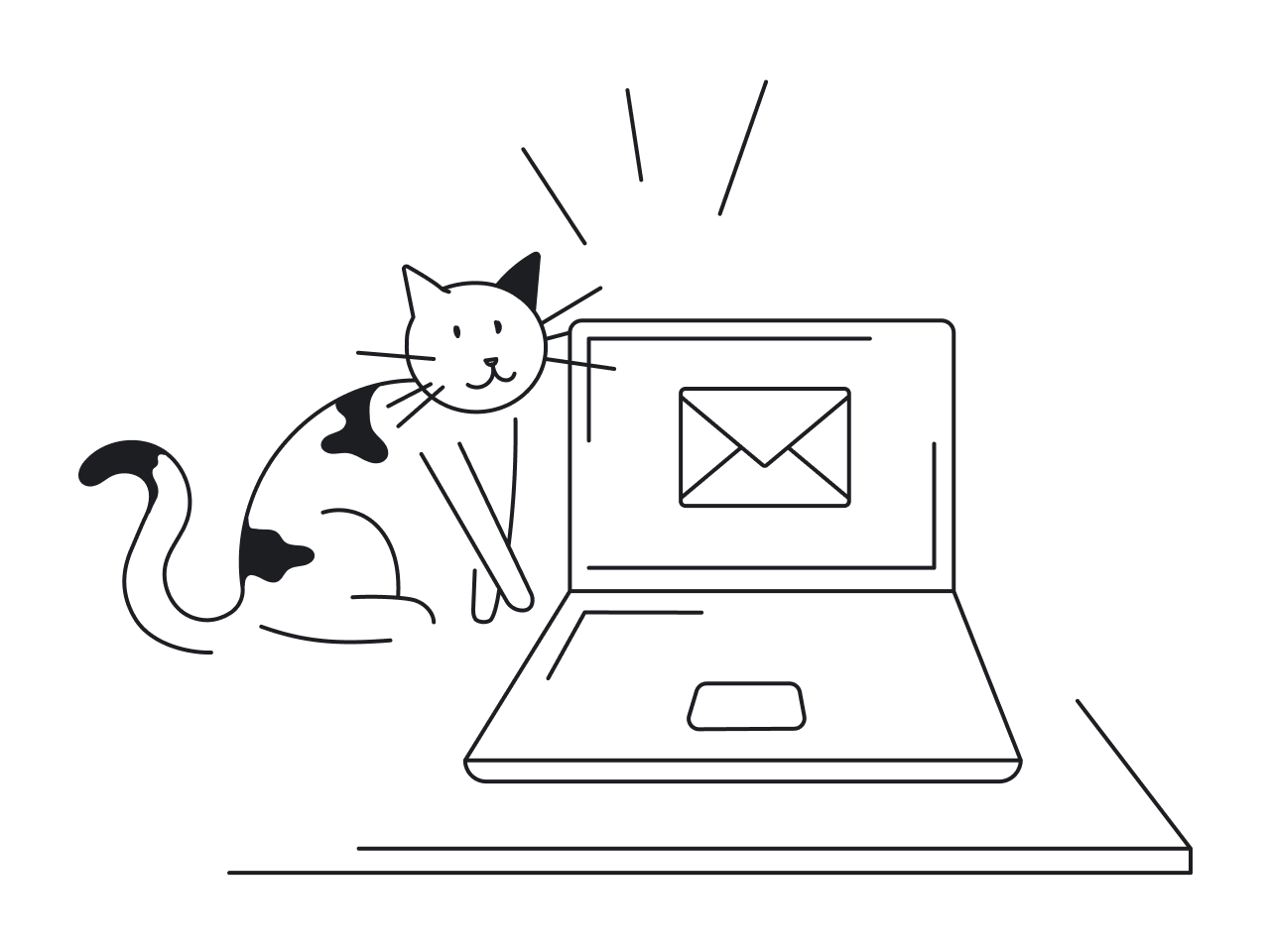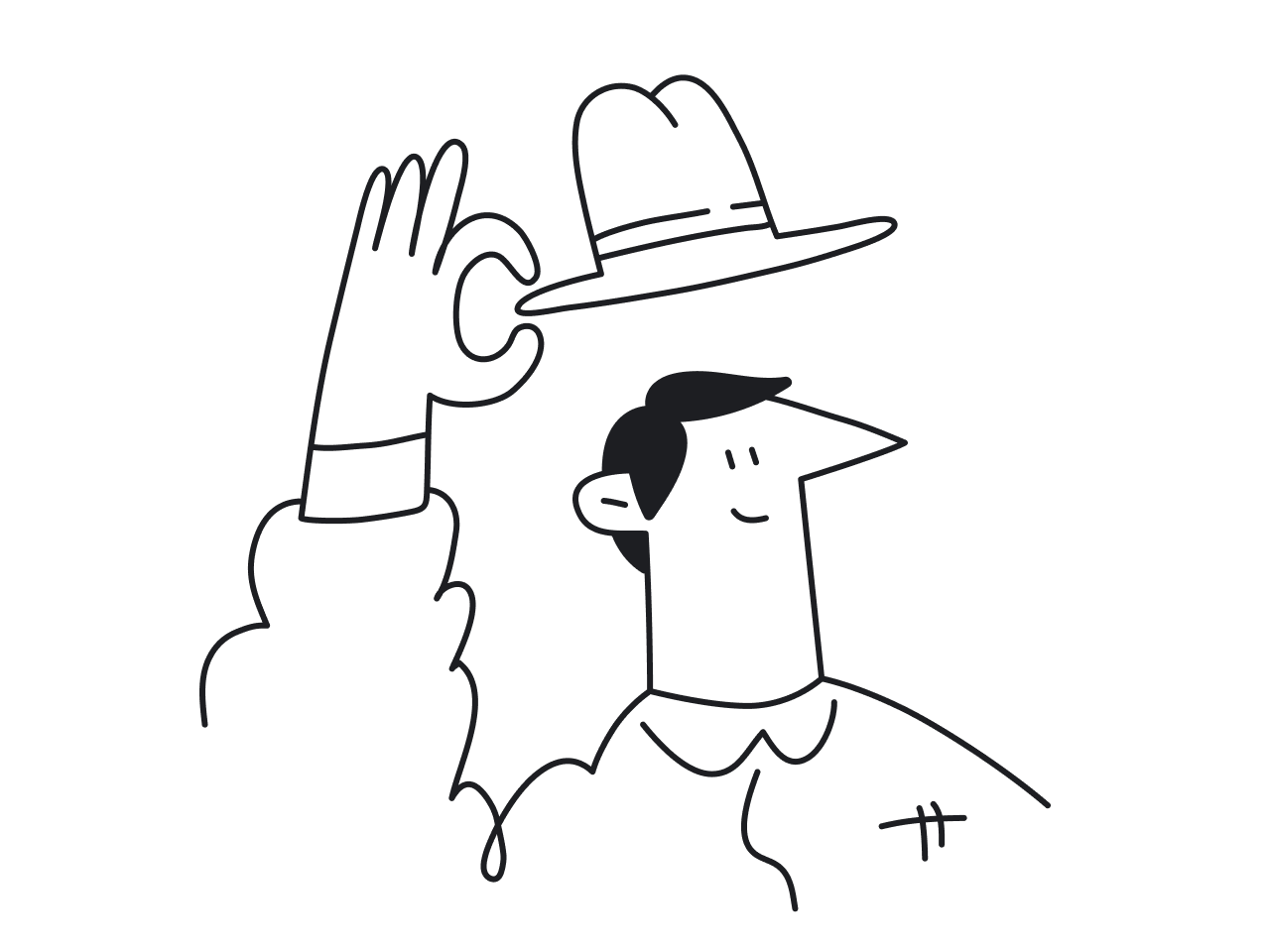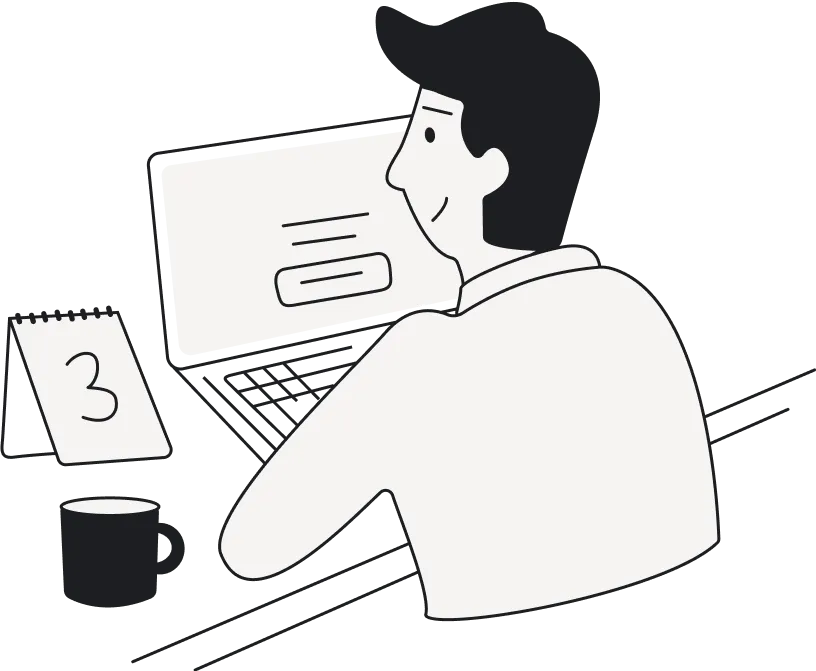Product Life Cycle: Everything You Need to Know about Stages and Success Strategies
15
mins to read

If you are here, you’re probably seeking to build a digital project. Just like human beings, all products undergo phases of development and growth. A profound understanding and knowledge of the product life cycle and its stages, help you to act in the right direction to prolong the lifetime of your SaaS.
Eleken is a product design company, with the end users being the most significant element of our process. Setting up a SaaS business is not only about designing the project. The truth about growth and longevity is that your product needs to meet its customers’ requirements. Throughout all these phases, it’s the user who defines whether your SaaS lives or dies.
In this article, we will look closely at the stages of the product lifespan to support you with figuring out how to develop your SaaS.
4 main stages of the product life cycle
All in all, there are 4 main phases of the SaaS lifetime:
Let’s look at the curve of the product life cycle with all phases included:

The research & development stage precedes all the other phases and is all about research and testing product prototypes. This is usually an indefinite phase dedicated to learning more about the requirements of your target customers. By studying the issues your potential users deal with, you can think of the ways to satisfy their requests and create SaaS.
If your project is brand new, the research & development stage can continue even for some years. During this time, you can look for investors, plan the launch of the product, and finalize the arrangements to take your startup off the ground. Such preparations may include building a website, creating a business plan, and exploring your customer base.
One of the biggest obstacles at this time is the absence of revenue. In most cases, all of your finances are used for market analysis and project development as you need to lay the foundations for your SaaS introduction.
Introduction stage
The keypoints:
During the first stage, the product debuts in the market, so you have to introduce it properly. The task here is to spread the word about your service. Because nobody knows much about your SaaS yet, you should provide as much information as possible. You should plan your go-to-market strategy way in advance.
A common way to do this is to start talking about your project a few months before it is actually released. On the one hand, you are slowly introducing your product to people. On the other hand, as they are learning your SaaS step by step, they can decide if they need it once it shows up on the market.
Reform, a powerful data preparation solution built by SlamData is one example of a SaaS product in the introduction stage that we assisted with design (check our case study here). There were no analogs to this service on the market, so our client came up with a plain message to their users: a tool that turns your data into analytics-ready tables in minutes.

Reviews and feedback are crucial at this point. With users’ comments and opinions regarding improvements and changes, you will know what modifications are required and what customers want to see in the product shortly.
You can even ask your friends or experienced people from the same sphere to review your project. They may advise what to improve, add, or even exclude from it. Honest reviews are the most valuable ones, even though they are not always positive.
An additional boost in the introduction stage is an investment in marketing and advertising to draw attention to your SaaS. Thus, you will stimulate demand, which, in its turn, should hike both your product’s popularity and sales. Nevertheless, be prepared that there can be no revenue, as the users are still getting familiar with your service. Good customer acquisition strategy is a key to business growth up till the next stage.
Growth stage
The keypoints:
In the growth stage of the SaaS lifetime, customers already know about your product and invest money in it actively. As a result, sales are constantly increasing, which creates stable revenue.
Let's look at the project in its growth stage to understand how the target audience shapes your actions and development methods. We have chosen Dropbox that wasn’t a unique product initially. Indeed, there were plenty of cloud storage services on the market. Dropbox intended to be a first storage service that would be simple to use.

By introducing its services for Linux users years ago, Dropbox managed to enter a whole new market segment. Additionally, this software is famous for its referral programs. With more new customers you invite to Dropbox, your free storage is getting bigger. This strategy has been effective for a few years already and constantly adds to the number of users.
Another essential quality of the growth stage is a market expansion which is caused by project development. When new SaaS enter the market and enjoy their popularity, there appear more competitors. But what to do if the competition is too harsh and your product remains unnoticed?
Don’t forget about the marketing aspect, so that advertising works in your favor. With SaaS, you can consider such ways of promotion as social media platforms or cooperation with bigger companies or even influencers. At the same time, you may check various distribution channels to enlarge the number of potential customers.
Maturity stage
The keypoints:
Once you get to the maturity phase of the product lifespan, be prepared for market saturation. Sales are dropping or slowing down while advertising is not so easy and fruitful. This happens because many users have already purchased your SaaS.
Marketing should focus on differentiation. In comparison to similar projects, your SaaS should have serious benefits to stand out. In this stage, the stabilization of market share and keeping customers are your major goals. Then, you can restart the life cycle of the product to avoid falling into the decline stage.
You should analyze your SaaS and the requests of the target audience once again, as they could have changed since the launch. This phase is a high time to launch new features and reach out to all market segments. Remember that with time, the technological sphere is only advancing and your product has to keep up with all the changes.
Before working with Eleken, TextMagic was a messaging service helping small businesses with marketing. However, being in the maturity stage, they decided to add more functionality to their product. In such a way, TextMagic skyrocketed the number of users and remained active on the market (more information in our case study).

As mentioned before, effective marketing and advertising always come in handy. However, there are times when you should do more. One more trick here would be implementing success strategies to keep your SaaS profitable and we will get back to these a little bit later.
Decline stage
The keypoints:
Although the maturity stage can last for decades, each project will eventually reach its final stage, also known as the decline. During this time, both sales and market share are gradually dropping, which is caused by a slowly decreasing demand.
Because of the over-saturated market, there are almost no potential new users. Consequently, your advertising is targeted mostly at proven loyal customers with prices being reduced for them. In such a stage, it is advisable to redesign and redevelop SaaS to create demand again.
A fine example of a project in its decline stage is Kodak. This company is worldwide known for its photography products. It was rather successful in the early 21st century. However, Kodak failed to shift to digital photography and went bankrupt. Probably, if they could foresee and adapt to the change in their users’ requirements, they would remain in the market.

Success strategies to prolong your product’s longevity
Apart from conventional tips to profit from each stage of the SaaS lifespan, you can also implement success strategies. However, make sure to double-check if they will work best for a certain stage of the product lifetime. Let’s look at these methods down here:
Adding value
This strategy often works magic, especially with SaaS. There is always something that can be added or improved in software so that it becomes even better. Sometimes, it is just a modern UI/UX design but sometimes, it can be an essential feature that users have been begging for forever.
Exploration of new markets
This strategy can be beneficial in each phase of the product life cycle. Without careful consideration of users’ needs and planning of your next steps, it is impossible to build a profitable SaaS or any other project. That is why the opportunities that come with new markets can always make a deal and attract an even bigger pool of potential customers.
New packaging
This approach is effortless to imagine when you are selling actual goods and products. Nothing surprising here, but works wonders in most spheres. But what about software? Introducing a SaaS version is very likely to make it even more attractive to targeted users.
In terms of SaaS, this strategy is about design and the very service. You can optimize and update the website, features, and anything else that comes to your mind. Probably, there was something that users wanted to see in your product, even if it’s such a small thing as an additional button or a completely new layout of the site.
Price reduction
Possibly the least harmful approach, it will help to keep your project afloat at any point in the product lifespan. By implementing a price reduction strategy, you can both resist your competitors and demonstrate that your project is valuable but not overpriced.
To sum up
Whether you are only developing your digital product or already at some stage of the SaaS lifetime, you should constantly monitor the needs of your end users. Their requirements are your top priority to figure out how the market works and build a successful project.
If you want to learn more about specifics of marketing at the different stages, read our article about product life cycle strategies.



















